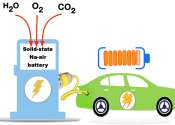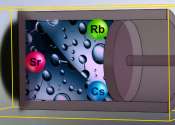Researchers develop bioinspired geolocation method based on daytime sky polarization
The first guy on Earth who ever got lost probably said to himself, "I could really use a set of geographic coordinates expressed as latitude and longitude right about now." Time passed, neocortexes evolved, and eventually, ...









